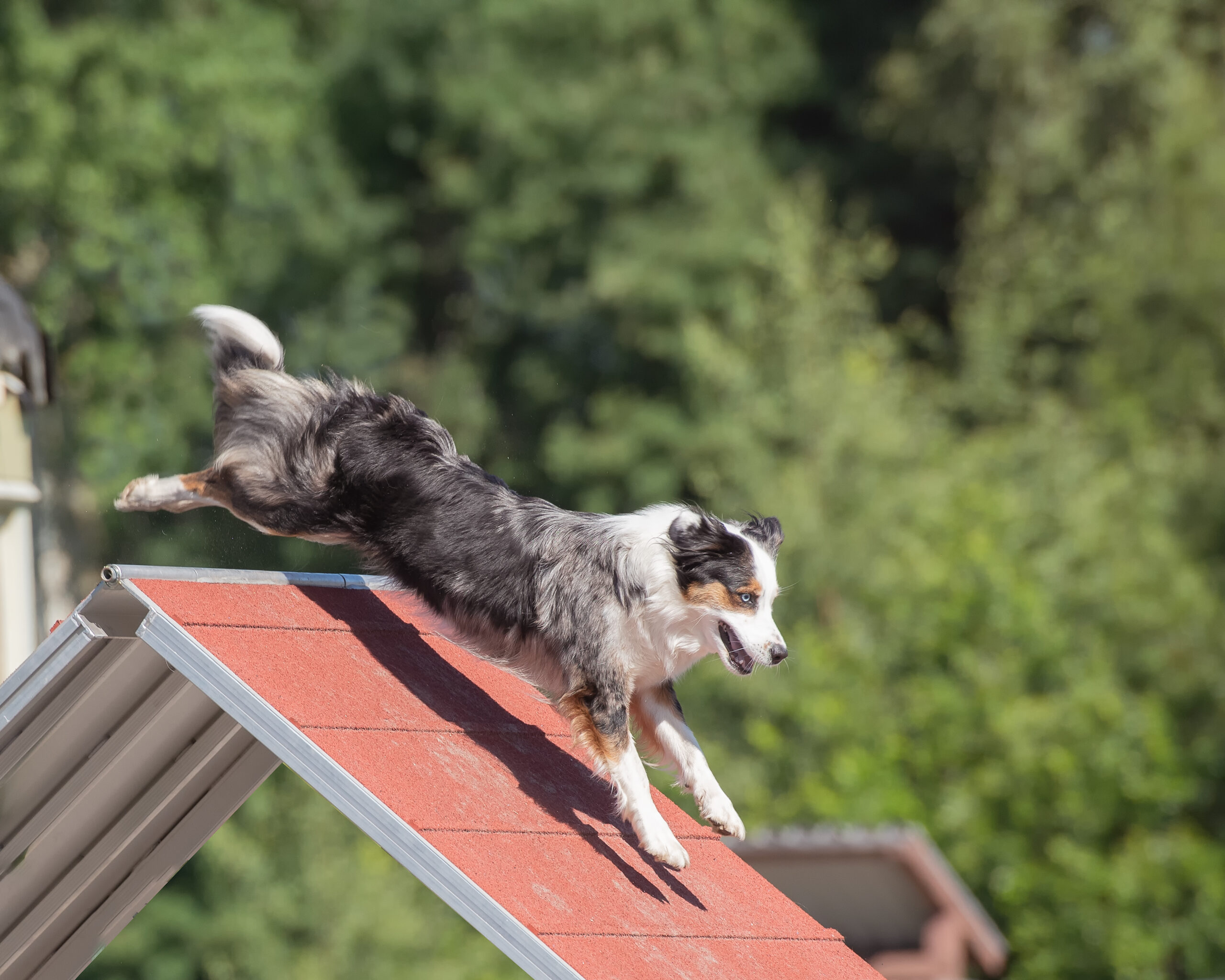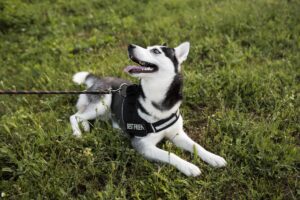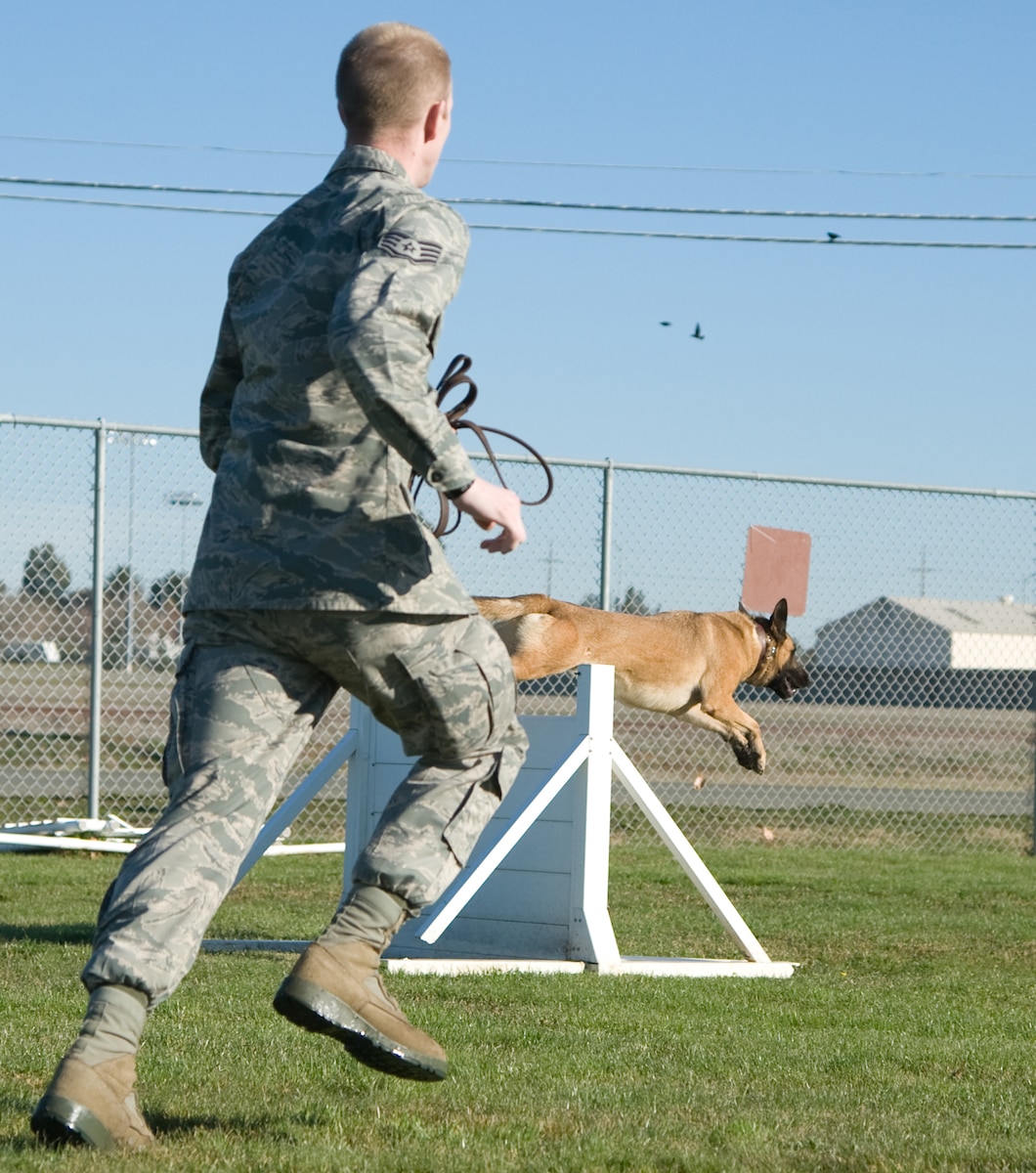Ever wondered how an obstacle course can transform the bond between a dog and its handler? Picture a scenario where a handler guides their dog through a series of challenging obstacles, each requiring precise coordination and absolute trust. In every jump, tunnel run, or high climb, both dog and handler must rely on each other’s signals and movements, creating an environment where trust thrives and deepens naturally.
Historically, obstacle courses have been used in dog training and consequently, have proven to strengthen the bond between handler and canine. Dogs navigating these courses develop an increased understanding of their handler’s commands, inherently building trust. Studies have shown that dogs undertaking regular agility training exhibit improved attentiveness and obedience, leading to an overall harmonious relationship with their handlers.
Obstacle courses build trust between dog and handler by requiring precise coordination and mutual reliance. The dog learns to trust the handler’s guidance, while the handler relies on the dog’s abilities and responses. This teamwork enhances communication, strengthens their bond, and boosts the dog’s confidence through positive reinforcement in overcoming challenges together.
Why Obstacle Courses Build Trust Between Dog and Handler
Tackling obstacle courses together helps dogs and handlers build strong bonds. Each obstacle requires precise coordination, demanding mutual trust. As dogs learn to rely on their handlers’ guidance, they become more attentive. The physical challenges also provide dogs with a healthy outlet, improving their overall confidence. This creates a positive loop of trust between both parties.
Dogs need to be confident in their handler’s commands to complete the course successfully. Training is essential for this process. Each time a dog completes an obstacle correctly, it receives praise or rewards. This reinforcement strengthens their bond and mutual respect. The handler’s consistency in cues and rewards further reinforces this trust.
Obstacle courses also help handlers understand their dogs better. They learn to read their dog’s body language and adjust their commands accordingly. This improved communication extends beyond the course. It can be beneficial in everyday activities. For example, walks or even just playtime can become smoother and more enjoyable.
The shared experience of overcoming challenges enhances the relationship. Handlers get to witness their dog’s growth in skill and confidence firsthand. This mutual journey of progress fosters a deeper sense of partnership. Additionally, regular obstacle training keeps dogs mentally and physically stimulated. The combination of all these factors makes obstacle courses an effective way to build trust.
The Role of Mutual Dependence in Trust Building
Mutual dependence between a dog and its handler is a key element for building trust. In an obstacle course, both parties must rely on each other to succeed. The dog needs the handler’s commands and encouragement. Conversely, the handler depends on the dog’s response and agility. This interplay strengthens their relationship.
Trust is built when dogs successfully rely on their handler during difficult tasks. Each successful completion reinforces the dog’s confidence. They start to understand that their handler’s guidance is reliable. Handlers also develop confidence in their dog’s abilities. This mutual trust enhances cooperation in various settings.
Obstacle courses naturally require teamwork. Each new challenge on the course necessitates clear communication and synchronization. The repetitive nature of this interaction solidifies trust. Over time, dogs and handlers anticipate each other’s moves. This advanced level of understanding is the hallmark of trust built through mutual dependence.
Handlers learn to read their dog’s signals better through mutual dependence. This knowledge helps them anticipate issues before they arise. Dogs, in turn, learn to expect consistency and support from their handler. This consistency is crucial for a trusting relationship. Ultimately, mutual dependence propels the bond to new heights.
Key Components of Obstacle Courses that Enhance Training
Obstacle courses are designed with various components that target different aspects of training. Tunnels, for example, teach dogs to follow commands even when they can’t see their handler. Jumps enhance a dog’s agility and physical strength. Meanwhile, weave poles develop patience and precision. Each component plays a unique role in the overall training process.
Balance beams are another essential part of many obstacle courses. They help dogs improve their coordination and balance. Navigating a narrow beam requires focus and steadiness, which can be translated into better control in other activities. Handlers also get to observe their dog’s movements closely. This helps in identifying areas that need more attention.
Contact obstacles like the A-frame or seesaw require trust and confidence. Dogs need to ascend and descend steep surfaces, relying on their handler’s cues to navigate safely. Mastering these elements boosts a dog’s self-assurance. It also strengthens the communication between dog and handler. This mutual trust is invaluable for effective training.
Training in an obstacle course setting offers varied sensory experiences. Different textures, heights, and movements challenge a dog’s adaptability. Exposure to these elements makes dogs more resilient in different environments. Handlers can use these opportunities to reinforce positive behavior. This holistic approach makes obstacle courses an excellent training tool.
Psychological Benefits for Dogs Undertaking Obstacle Courses
Obstacle courses provide an excellent way to boost a dog’s mental health. Engaging in these activities reduces boredom and curbs destructive behaviors. Dogs need mental stimulation just as much as physical exercise. The challenges presented by obstacle courses keep their minds sharp. This active engagement helps in preventing anxiety and stress.
Completing obstacles gives dogs a sense of accomplishment. Each successfully navigated hurdle boosts their confidence. Positive reinforcement from handlers enhances this feeling. This increased sense of self-assurance can lead to better behavior in other areas. Confident dogs are generally happier and more relaxed.
The variety in obstacle courses also stimulates a dog’s curiosity. Exploring new obstacles introduces them to different textures and sounds. This sensory enrichment is important for their overall well-being. Dogs that experience diverse environments tend to be more adaptable. This can be beneficial in both training and everyday life.
Additionally, training in an obstacle course setting helps dogs develop problem-solving skills. They must figure out how to overcome each challenge presented to them. This cognitive engagement is very rewarding. It not only keeps their minds active but also strengthens their bond with their handler. And, of course, mental challenges are as essential as physical ones.
Social interactions are another perk of obstacle courses. Oftentimes, these courses are set up in group training sessions. Interacting with other dogs in a controlled environment can improve their social skills. Proper socialization reduces fear and aggression. This makes dogs more comfortable in various situations.
Ultimately, the psychological benefits of obstacle courses contribute to a dog’s overall happiness. Focused training sessions help them feel secure and content. A well-stimulated dog is less likely to develop behavioral issues. By incorporating obstacle courses into their routine, handlers can ensure a well-rounded approach to their dog’s development.
Improving Handling Skills and Communication Through Practice
Regular practice on obstacle courses enhances a handler’s ability to communicate with their dog. Clear commands and consistency are crucial for success. Through repeated training sessions, handlers fine-tune their cues. This helps dogs understand what is expected of them. The better the communication, the more efficient the training becomes.
Handlers also develop a deeper understanding of their dog’s body language. They learn to recognize signs of stress or hesitation. This awareness allows them to adjust their training methods. For example, they might slow down or use a different command. This intuition builds a stronger relationship.
The practice of handling dogs in obstacle courses translates to real-life scenarios. Skills like quick decision-making and problem-solving are essential. These skills can be applied when walking in busy areas or encountering unpredictable situations. Thus, obstacle training has practical benefits. It prepares both dog and handler for the unexpected.
Effective communication in obstacle training relies on non-verbal cues as well. Hand signals and gestures play a significant role. Dogs can learn to respond to these silent commands. This is particularly useful in noisy environments. It demonstrates a higher level of understanding between dog and handler.
Obstacle courses encourage a collaborative approach. Handlers need to motivate and support their dogs continuously. Success in the course requires mutual efforts. This teamwork strengthens the bond. It creates a sense of partnership and trust.
The variety of obstacles also challenges a handler’s creativity. Finding new ways to guide their dog through different setups keeps the training dynamic. This adaptability is a vital skill. It ensures that both the handler and the dog remain engaged and interested. Continuous learning and adaptation are key to effective training.
Frequently Asked Questions
Obstacle courses offer a unique way for dogs and handlers to build trust and improve their skills. Below are some frequently asked questions about the benefits and components of obstacle course training.
1. What are the benefits of obstacle courses for dogs?
Obstacle courses provide physical exercise, which helps maintain a dog’s health and fitness. They also offer mental stimulation, keeping dogs engaged and preventing boredom-related behaviors. Each obstacle presents a new challenge, teaching dogs problem-solving skills and boosting their confidence. This mix of physical and mental activity is ideal for well-rounded development.
Additionally, obstacle courses strengthen the bond between dog and handler as they work together to overcome challenges. The training improves communication and mutual trust, important factors for a successful partnership. Positive reinforcement during these activities enhances a dog’s overall happiness and obedience, making them more confident and content in various settings.
2. How do obstacle courses improve a dog’s agility and coordination?
Obstacle courses are designed to test and enhance a dog’s physical abilities. Activities like jumps, tunnels, and weave poles require precise movements and timing. Through regular practice, dogs improve their muscle strength, balance, and reflexes. This helps them become more agile and coordinated in daily activities.
Handlers also play a crucial role in guiding dogs through these obstacles, using specific commands and signals. This process not only sharpens the dog’s agility but also enhances the handler’s ability to communicate effectively. Over time, both dog and handler become adept at navigating complex tasks, which can be beneficial in various real-world scenarios.
3. What types of obstacles are commonly used in training courses?
Common obstacles in training courses include jumps, tunnels, weave poles, and balance beams. Each type targets different aspects of a dog’s abilities. For example, tunnels help with confidence, while weave poles improve precision and patience. These diverse challenges ensure comprehensive skill development.
Additionally, contact obstacles like the A-frame or seesaw teach dogs to handle varying heights and textures, enhancing their adaptability. These components not only engage dogs physically but also mentally, providing a complete training experience that keeps them focused and excited to learn.
4. How does participating in obstacle courses influence a dog’s behavior?
Regular participation in obstacle courses can lead to improved behavior in dogs. The structured environment and challenges teach discipline and focus. Dogs learn to follow commands precisely, reducing instances of disobedience. This training also helps in socialization, making dogs more comfortable around others.
The positive reinforcement used in obstacle courses also plays a significant role in behavior improvement. Rewards and praise for completing tasks correctly encourage desirable behaviors, leading to a well-behaved and happy dog. This combination of structure, discipline, and positive feedback is key to long-term behavior improvement.
5. Can obstacle courses help with a dog’s anxiety?
Yes, obstacle courses can be very effective in reducing a dog’s anxiety. The physical exercise involved helps expend energy, which can lower stress levels. The mental challenges keep the dog’s mind occupied, preventing anxiety from idle time. Each successful completion of an obstacle builds confidence, which can alleviate anxious tendencies.
Moreover, the bond built with the handler through consistent training also provides a sense of security for anxious dogs. They learn to trust their handler’s guidance, which can be comforting in stressful situations. Regular participation in obstacle courses can result in a more relaxed and confident dog.
Conclusion
Obstacle courses serve as a powerful tool in strengthening the bond between dogs and handlers. Through mutual challenges and consistent training, trust is naturally developed. These activities also provide crucial physical and mental stimulation, contributing to a dog’s overall well-being. Both parties benefit from improved communication and coordination.
Implementing obstacle courses into regular training routines has numerous advantages. It not only enhances handling skills but also promotes positive behavior and reduces anxiety in dogs. The collective experience fosters a deeper connection, making the relationship between dog and handler both rewarding and effective.



